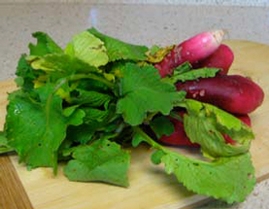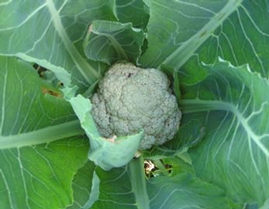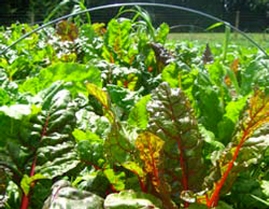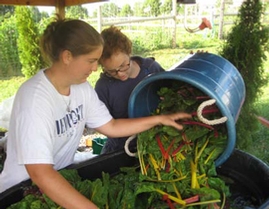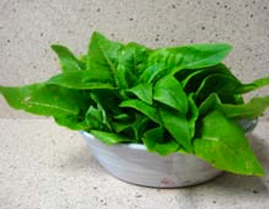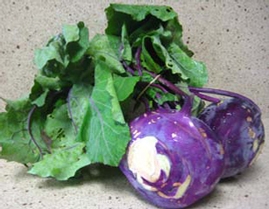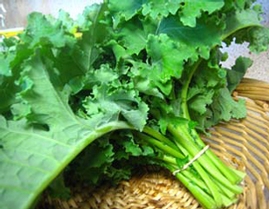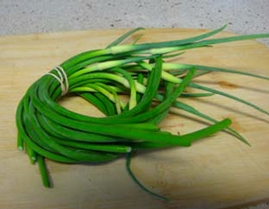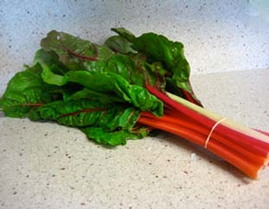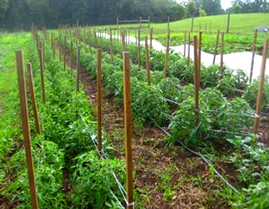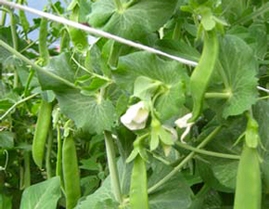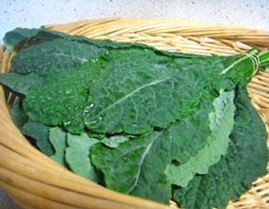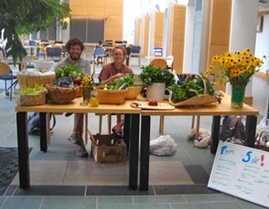Farm Work
- Greenhouse Procedure
- Garden Layout
- Herb Garden Plan
- Bed Prep
- Winter Prep
- Irrigation
- Row Cover
Greenhouse Procedures
Starting all of the crops from seeds means it is necessary to be organized early on to get everything started in the greenhouse. Since the beginning, starts have never been purchased, and more has been learned about best practices for starting and growing sets in the greenhouse.
Planting
As addressed elsewhere and in the crop pages, the very first thing to do is decide which crops to grow and how much of each. From here develop a crop schedule and rotation with greenhouse planting and transplanting dates. Also, before planting all of the trays should be cleaned and sanitized so as not to transmit disease to new starts. If using saved seeds and there was any concern about disease the year before, take precautions to prevent transmission. (In some cases this can take the form of a dilute bleachwater bath, but be sure to do the research for the particular vegetable).The soil that has been used is promix purchased from local farm supply stores. (Agway and Earley’s) So all the supplies and seeds are ready and the volunteers are raring to go: Step one: wet the soil until it is thoroughly moist – not dripping and compacted, but more than just a little damp. This wetting is best accomplished in one of the deep Tupperware containers with the hose, mixing the water in gradually. Next lay the trays to be planted on top of something that will catch excess dirt. Fill the now-moist soil to the top, gently packing it down. With a finger punch a shallow (<1cm) hole into each cell. Drop in just one seed (except where specifically called for) until all holes are filled and lightly cover with the moist soil. In open tray planting it is often easiest to fill the tray nearly to the top, add seeds and then cover rather than poking holes. Whichever method is used be careful not to over-seed; it is remarkably easy to do with the tiny seeds. Even more importantly though is labeling. There has not been a season yet where everything made it through correctly labeled. What seems to make sense at the time will not be clear in a few weeks or in some cases a few months! Be sure to keep an eye on volunteers and make sure everyone is being patient and careful. When all the seeds have been planted, water the plants well.
Watering
Below are watering instructions and the sign in sheet that has been used. During the school year, this is one of the first ways people can get involved. There is usually a big informational meeting in February right in the greenhouse to get everyone excited and have people sign up for watering timeslots. It is best to have two people per slot (AM and PM) so that if one forgets someone is still there. Hillary Joy is good about checking in, the interns should come by whenever they can and really make sure everyone feels comfortable just coming in to see how everyone’s growing!
Transplanting
Transplanting is a delicate procedure, for some plants more than others. When ready to transplant into cells or into larger cells, fill the larger-celled trays in the same way as for planting. Hollow out a center plug with a finger to receive the seedling. Delicately separate seedling from others, or carefully remove from small cell with the aid of a Popsicle stick. Insert into the larger tray to at a minimum the depth it already was and add or push soil firmly around it. When the entire tray has been transplanted water well: transplanting is a shock for the seedlings, and they will be stressed for a day or two following transplant.
New Method
Just this year (2010) a small (4-cell) soil-blocker was bought to test. The soil-blocker uses the same moistened soil prepared for seeding, but rather than using plastic trays creates blocks out of soil. These soil blocks can be held on a piece of plywood or in draining open cell container. The advantages of this method, beyond creating no waste include roots that are self-pruning (rather than wrapping around and around a plastic cell), better moisture retention, especially for smaller cells, and ease of planting. Try this method and if it is effective, purchase the larger model soil-blocker capable of 16 plugs at once to
make it feasible at HCCF’s scale.


